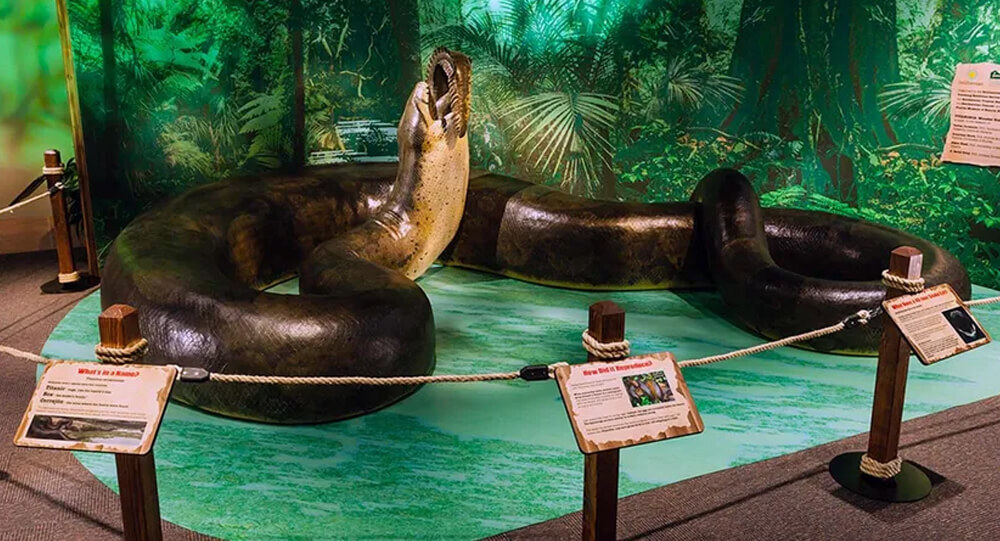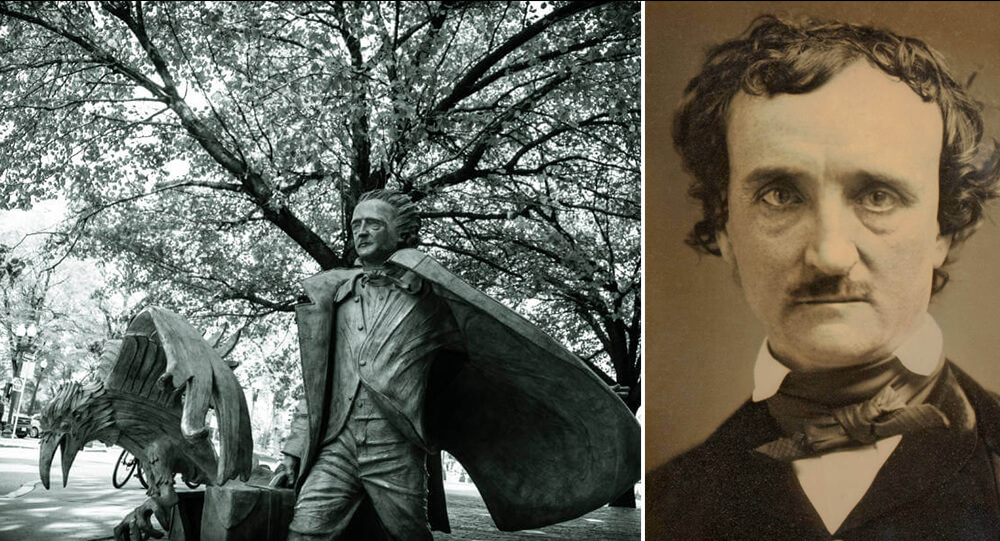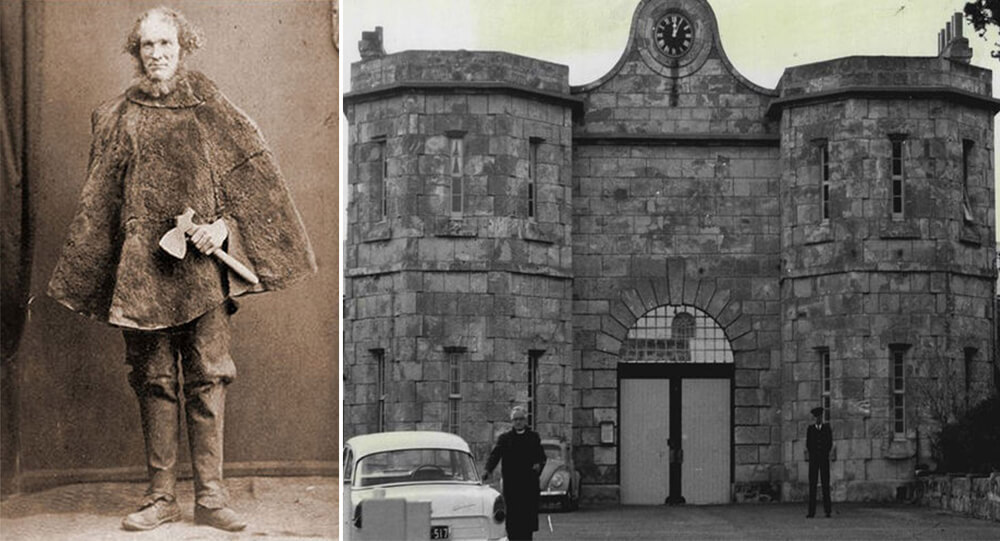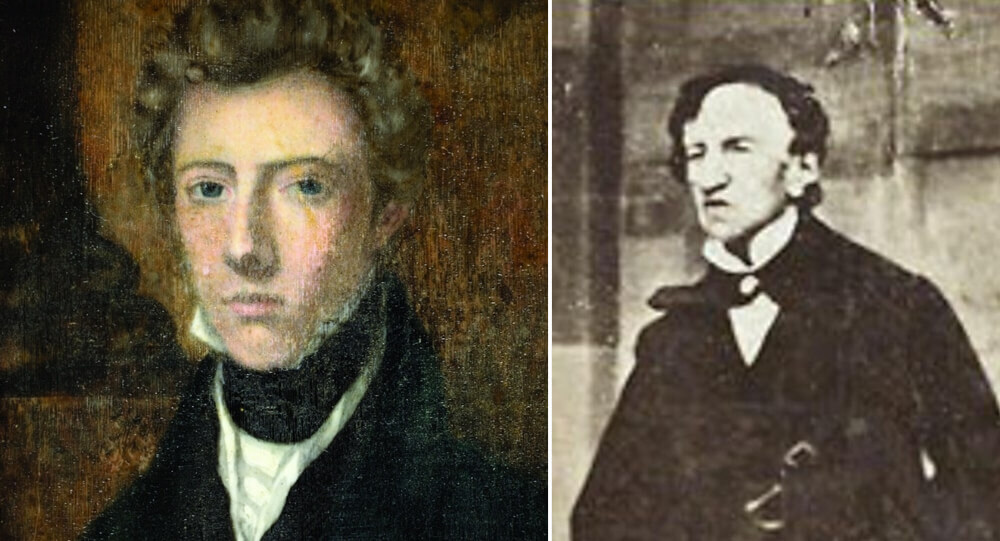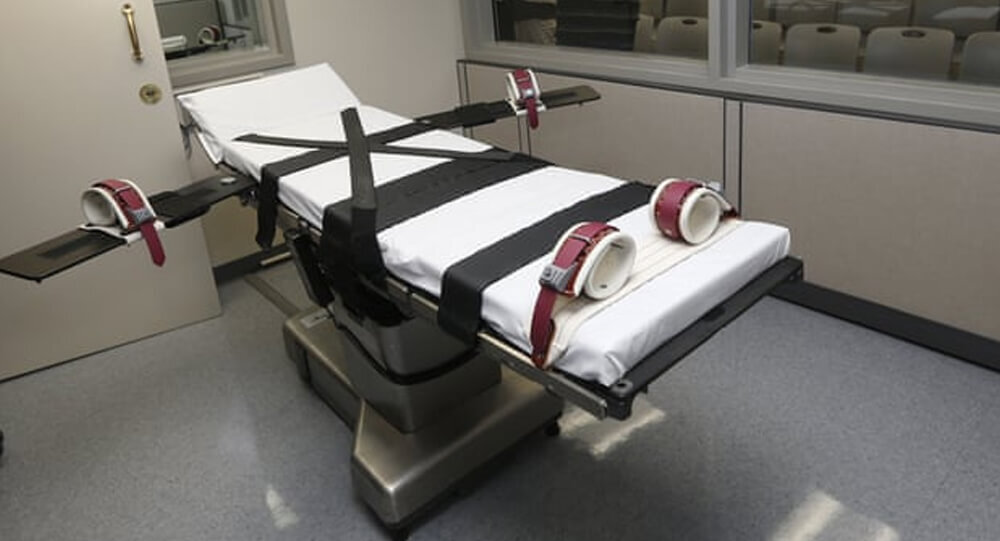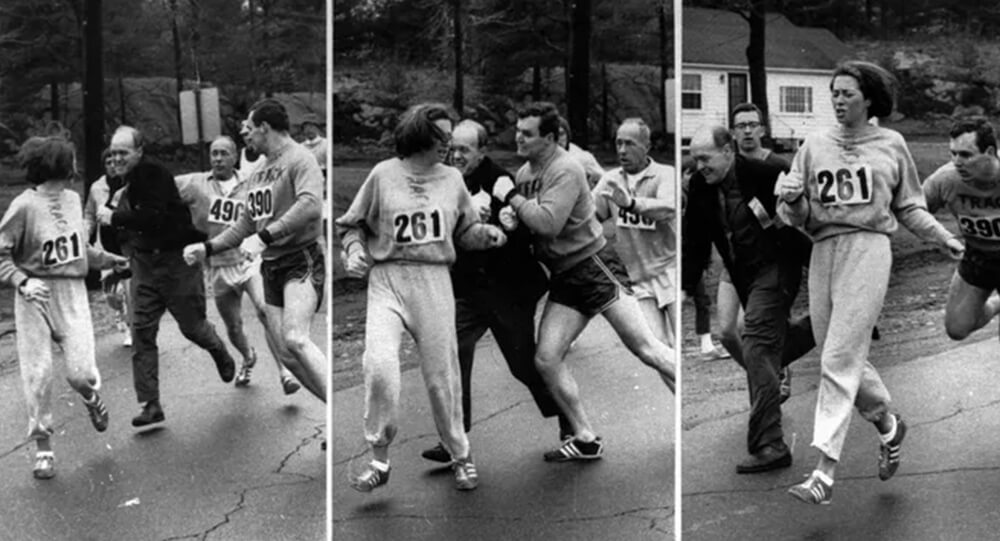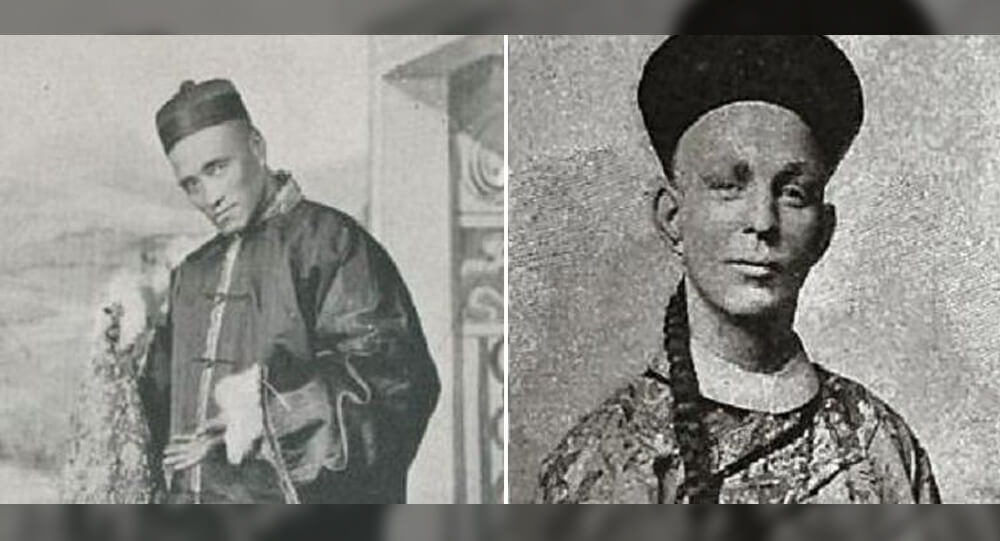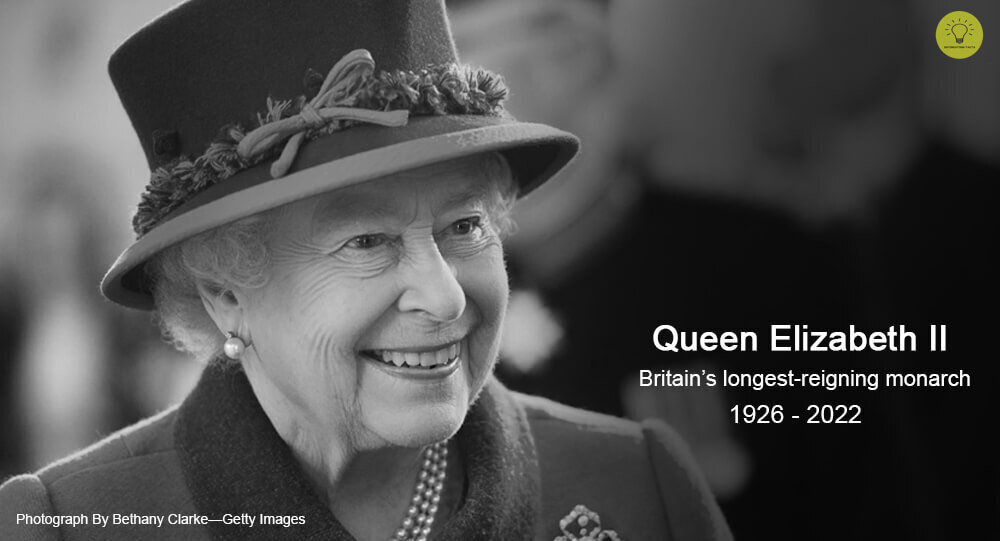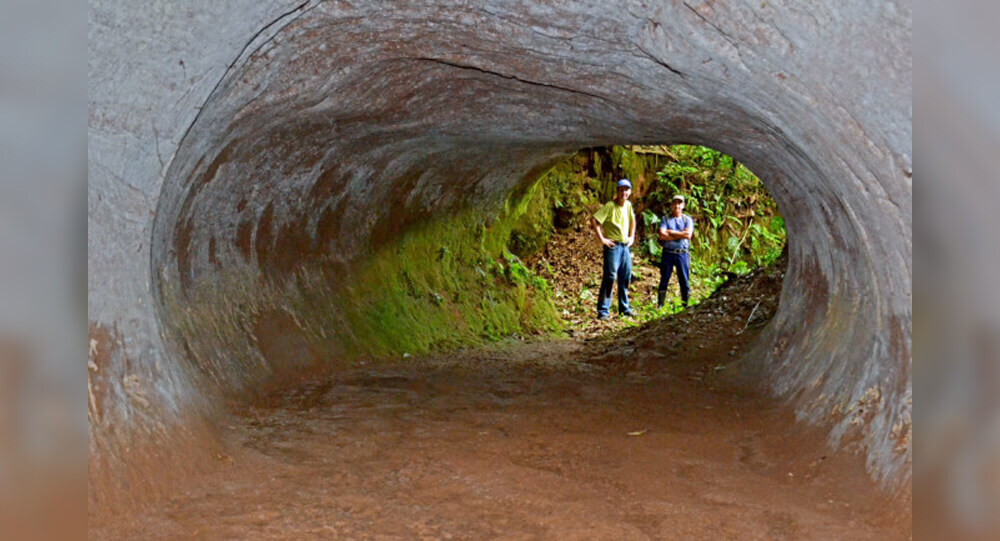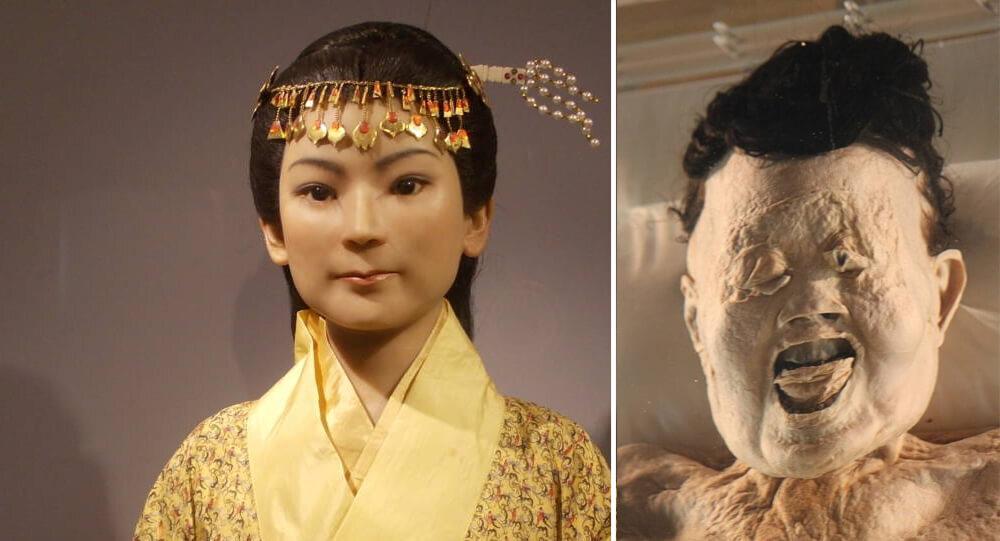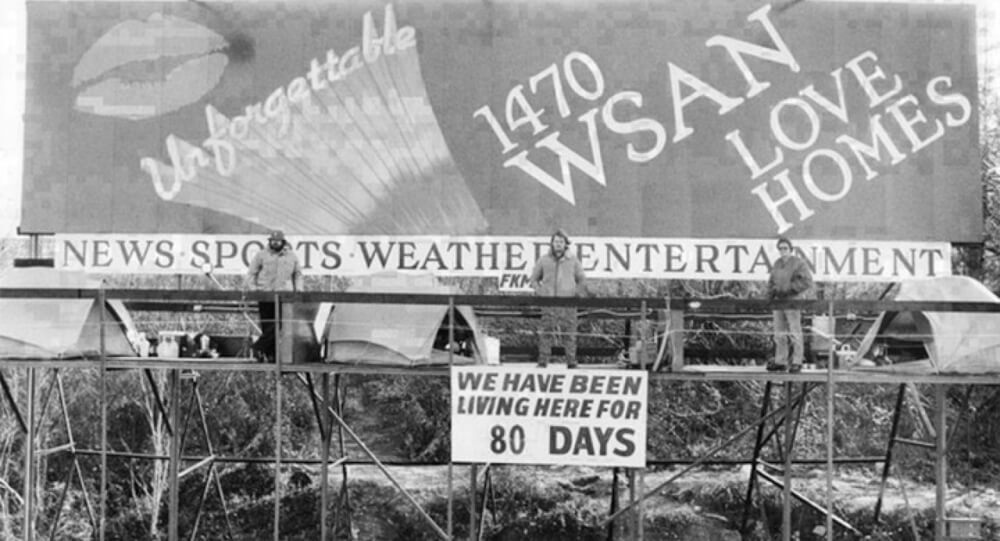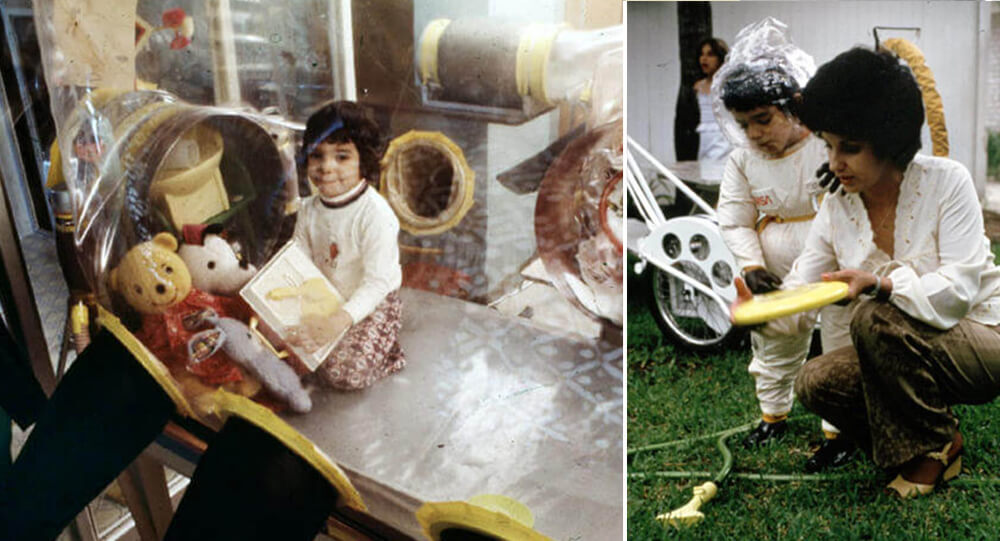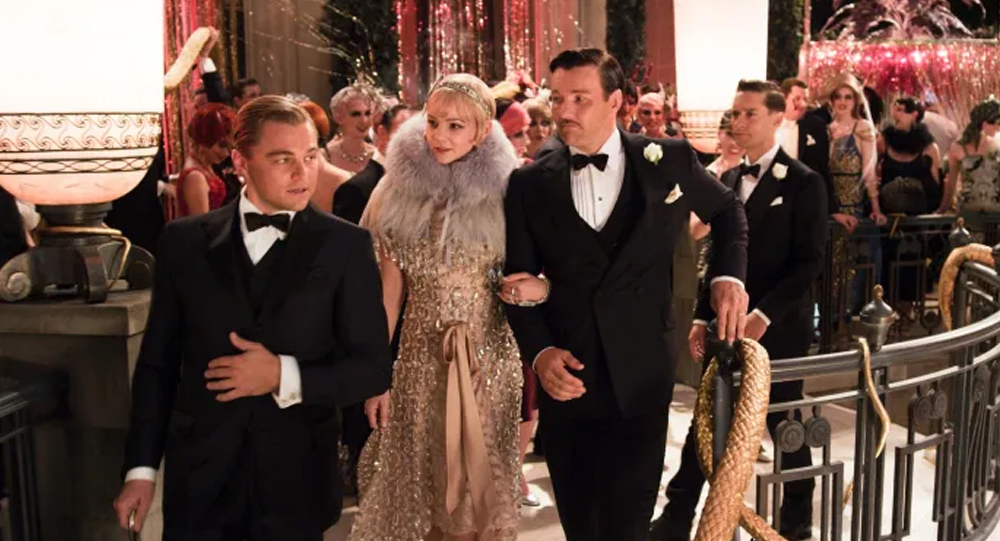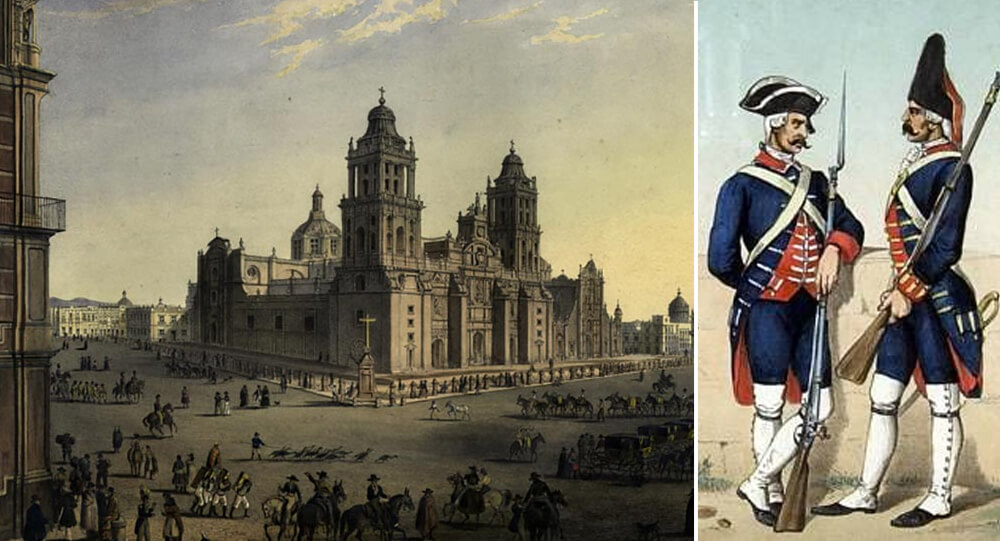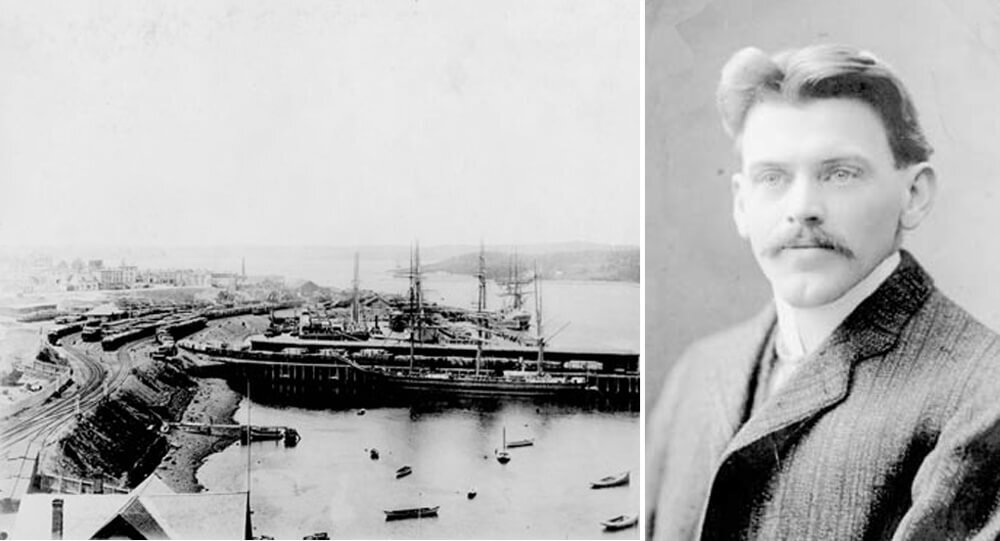

Vince Coleman, a railway dispatcher, sacrificed his own life
“Hold up the train. Munitions ship on fire and making for Pier 6 … Goodbye boys.”
Vincent Coleman, a railway dispatcher, left his Richmond neighborhood home on Russell Street in Halifax’s North End early on December 6, 1917, for work. He left his wife Frances, who was wearing a bright blue dress she had made herself, to care for their young, two-year-old daughter Eileen. To get to his workplace at the Richmond train station, it took only five short blocks.
He worked in the deceptively small wooden station in the middle of the Richmond rail yards, not in the opulent brick passenger station on North Street. His job was to manage the heavy rail traffic created by the crowded Halifax harbor during the Halifax Harbor War, which he did while working just a few feet from the harbour and its busy piers.
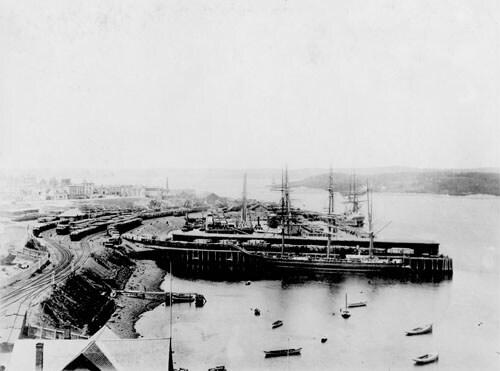
He routed the heavy passenger traffic entering North Street Station during the war as well as the necessary troop trains and hospital trains from the Pier 2 ocean liner terminal. He also sent orders to the numerous trains feeding freight into the ship-filled wharves of North End Halifax.
Despite the fact that it had changed its name to “Canadian Government Railways” in 1916, Coleman worked for what was known as the “Intercolonial Railway” or “ICR” in Halifax. He was a rank above most stations’ regular telegraph operators as a dispatcher. He received praise for aiding in the containment of a runaway train a few years ago. Additionally, he was very involved in his railway union. In his wallet that morning, tucked beside some raffle tickets for the Victory Bond drive, was a clipping about an upcoming union meeting in Montreal.
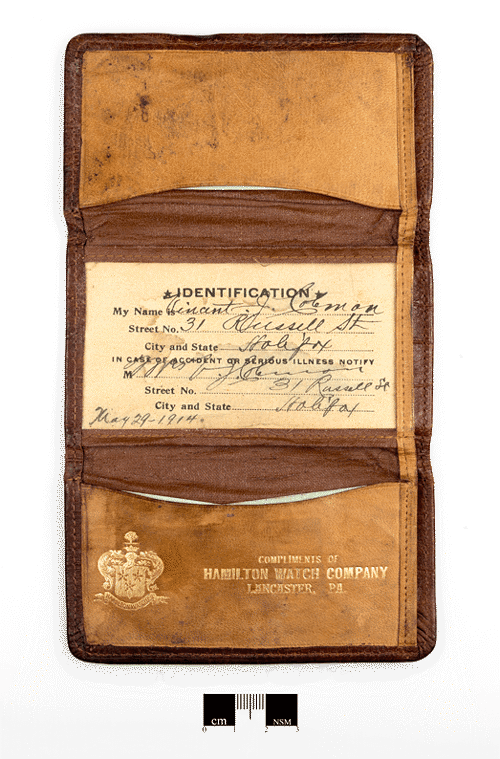
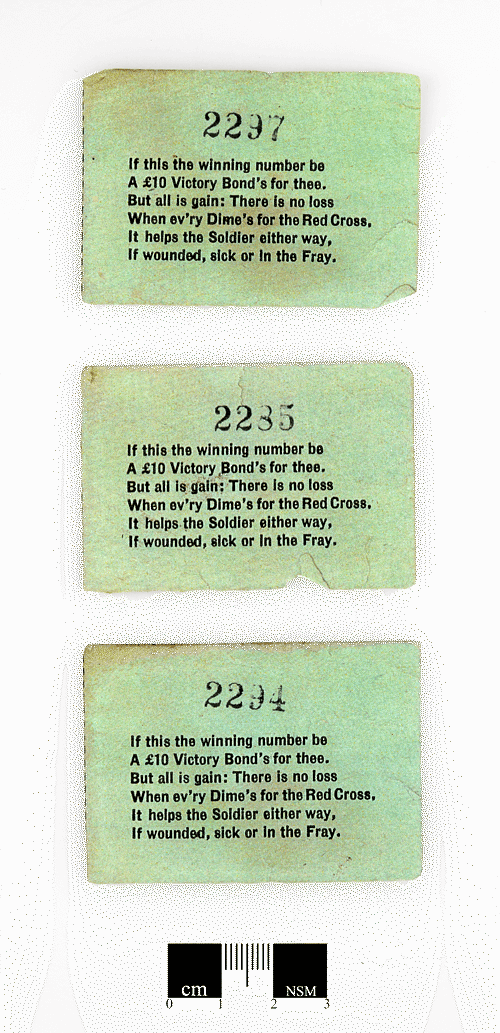
A distant crash was followed by a column of black smoke rising above the rows of freight cars parked in front of the station as Coleman took over as the night dispatcher at the telegraph. After a collision, the French munitions ship Mont-Blanc caught fire. A naval sailor suddenly plowed through the door. Everyone was given the warning that the on fire Mont-Blanc was about to erupt with ammunition. One of the few people who was aware of the sailor’s deadly cargo was one of the naval officers who responded to the fire and sent her ashore. Coleman turned around and used the telegraph key to send his infamous message as William Lovett, his boss and the chief clerk at Richmond, and he started to leave.
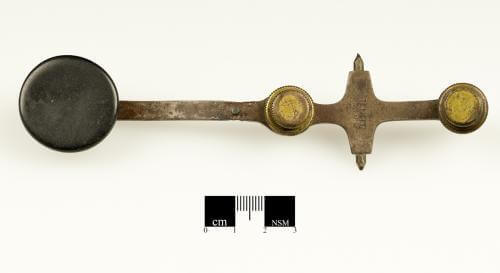
Coleman was particularly concerned about Passenger Train No. 10, an overnight train from Saint John, New Brunswick. At 300 people on board, it was scheduled to arrive in Halifax at 8:55 am. It was scheduled to pass through the North Street Station’s approach tracks in front of the scorching Mont-Blanc in a matter of minutes. The exact wording of Coleman’s message was slightly different in the newspapers of the time, but its general content was consistently reported as follows:
“Hold up the train. Ammunition ship afire in harbor making for Pier 6 and will explode. Guess this will be my last message. Good-bye boys.”
Coleman was clearly aware that the explosion was coming and that he was facing death. He even ended by saying “Goodbye Boys” in telegraph shorthand.
Explosion
After that, Mont-Blanc erupted at 9:05 am. Pier 6 and the ship disappeared in a flame column. While others were thrown through the air, rows of boxcars vanished. Coleman’s station vanished just 750 feet from the blast’s center. As tidal waves rose from the harbor and roared back and forth across the Richmond yards, it was buried in debris from the railway yard and crushed by the blast. The Maritime Museum of the Atlantic still has water stains in his wallet. His watch, whose hands and crystal have been blown away, and whose back appears to have been pounded in by hammers, speaks ominously of the violent forces that descended upon Coleman. Coleman most likely passed away at his telegraph key instantly.
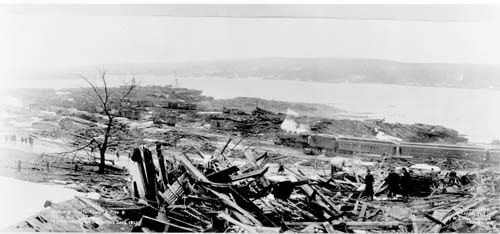
However, the message transmitted by that telegraph key was picked up by every station from Halifax to Truro, including Rockingham, Bedford, Windsor Junction, Elmsdale, Stewiacke, and so on. The semaphore blades, or station order boards, that you once saw mounted on the sides of stations would have been swiftly moved by each station agent from the vertical “All Clear” position to the horizontal “Stop!” position. All Halifax-bound trains would come to a stop as they approached their next station with a bang, bang, bang, all the way to Truro, as the order boards would drop. In 1917, rail traffic was managed in this way. Before two-way radios were installed on trains, many years would pass.
Legacy

Coleman’s deed and outcomes were genuinely heroic. He is pictured alongside several Halifax explosion heroes, including Horatio Brennan, a brave tugboat captain who lost his life attempting to pull Mont-Blanc out of the city. They stand in for the many heroes of that day, including the firefighters, soldiers, sailors, and regular men and women who rushed into burning and collapsing homes to save their loved ones, their neighbors, and strangers.

Titanoboa cerrejonensis, fossils of the world’s largest species of snake
In 2009 in a coal mine of Columbia, scientists discovered fossils of the world’s largest species of snake. The species is called “Titanoboa cerrejonensis,“and it is from around 60 million years ago. It would have had measured about 48 feet long and weighed about 2,500 pounds

Inside The Mysterious Death Of The Famed Gothic Writer Edgar Allan Poe
Hours before his death Edgar Allen Poe was found on the streets of Baltimore. He was incoherent, wearing another man’s clothes, and unable to explain how he got there. The cause of his death is an unsolved mystery.

Moondyne Joe: The story of Australia's most notorious prison escapee
A man named Joseph Bolitho Johns (A.K.A Moondyne Joe) broke out of Australian prisons so many times that the police were compelled to build a special cell just for him. He escaped from that as well.

The mysterious secret of Dr James Barry
Before women were allowed to enroll in medical school, Margaret Ann Bulkley studied medicine and assumed the identity of Dr. James Barry for 56 years while dressing as a man. After 46 years of service as an army doctor officer, her secret was not made public until after her death in 1865.

Iranian inmate dies from happiness after finding out he will not be executed
An Iranian man who was convicted of murder reportedly died from happiness after learning that his death sentence was being commuted.

Story of Kathrine Switzer: the first woman to run in Boston Marathon
Before women were allowed to run in the Boston Marathon, Kathrine Switzer participated. A race official attempted to forcefully remove her from the race in 1967, but her boyfriend pushed him down. She was the first female finisher who had a numbered entry in the race.

The Bizarre (And Magical) Duel Between Chung Ling Soo And Ching Ling Foo
Ching Ling Foo and Chung Ling Soo were two magicians from the early 20th century who were bitter rivals. While Ching Ling Foo was genuinely Chinese, Chung Ling Soo was actually a New Yorker named William Robinson.

10 world’s most destructive and dangerous volcanic eruptions in history
Volcanic eruptions can devastate cities, change the world's atmosphere, and devastate economic systems. They can create molten lava rivers, mudslides, suffocating ash, and poisonous gases that cause chaos around the world for years. A volcanic explosion's effects can be massive, from its size to its death toll to its economic cost. Here is ten world’s most destructive and dangerous volcanic eruptions in history.

Ea-Nasir: world's oldest written customer complaint
This clay tablet, written in cuneiform, is the oldest known written customer complaint about the delivery of poor quality copper ingots. Originally from ancient Babylon, the tablet dates back to 1750 BCE, and it was written by a customer named Nanni to a merchant named Ea-Nasir. It is currently housed in the British Museum.

15 interesting facts about Queen Elizabeth II
Queen Elizabeth II, who ruled Britain for 70 years, has away at the age of 96. She was the country's longest-reigning monarch. Here are some little-known facts about her.

Max Headroom Incident: America’s Creepiest TV Hack
In 1987 a man hijacked a television station during an episode of Dr. Who and wore a Max Headroom mask and uttered nonsense, and he still hasn’t been caught

George Dantzig solved two famous “unsolved” problems in statistics mistakenly as assignment
In 1939, George Dantzig arrived late to his statistics class. On the board were two famous “unsolved” problems in statistics written as an example by his professor. Dantzig mistook the examples for homework assignments. He solved the “unsolved” problems and submitted the homework to his professor a few days later. His solutions earned him a doctorate.

Marion Stokes recorded 30 years of television
Marion Stokes, a Philadelphia woman began taping whatever was on television in 1979 and didn’t stop until her death in 2012. The 71,000 VHS and Betamax tapes she made are the most complete collection preserving this era of TV. They are being digitized by the Internet Archive.

The incredible story of Julia "Butterfly" Hill and her legacy
American environmental activist Julia “Butterfly” Hill lived in a 1500-year-old California Redwood tree for 738 days to prevent it from being cut down by the Pacific Lumber Company. The Simpson’s episode “Lisa the Tree Hugger” was inspired by Hill’s story.

Tunnels Dug by ancient giant sloths, A South American Megafauna
For years, scientists didn’t know what caused mysterious cave networks in South America. In 2010, they learned that the caves were actually tunnels dug by ancient giant sloths

Xin Zhui And The Story Of The Stunningly Intact Lady Dai Mummy
A 2,000-year-old mummy of a Chinese woman, Xin Zhui, also known as “Lady Dai,” was preserved in 21 gallons of an “unknown liquid.” With her original hair, organs, eyebrows, and eyelashes intact, the mummy still has blood in her veins. Her skin and ligaments are soft and as flexible as that of a living person.

3 men lived on top of a billboard in tents for almost 9 months
From 1982-1983, three men in Allentown PA competed in a radio contest in which they lived on top of a billboard in tents. Whoever stayed up longest would win a house. Due to economic pressure from the recession, none of the contestants wanted to give up, so the contest lasted almost 9 months.

The touching story of David Vetter (bubble boy), the 'boy who lived in a bubble
David Vetter lived his whole 12 years in sterile “bubble”. He was “outside” for 20 second after being removed from his mother’s womb. He never touched any human.

From Flapper to Fashion Week: How 1920s Style Still Shapes Modern Trends
The roaring 1920s revolutionized fashion, introducing bold styles, daring cuts, and a spirit of freedom that still inspires today’s wardrobes. From flapper dresses to statement accessories, here’s how the Jazz Age lives on in modern fashion.

Did Gil Pérez Really Teleport from Manila to Mexico Overnight? The 1593 Mystery
On October 24, 1593, while performing his guard duties at Manila's Governor's Palace in the Philippines, Gil Perez stopped to lean against a wall and sleep for a while. He opened his eyes to find himself in an unusual environment. Gil was in the Plaza Mayor in Mexico City. They imprisoned Perez, but the authorities in Mexico City decided to release him and return him home.

Nuclear bomb accidentally dropped on North Carolina in 196
4 January 1961: The 4241st Strategic Wing's Boeing B-52G-95-BW Stratofortress, serial number 58-0187, was on a 24-hour airborne alert mission off the United States' Atlantic Coast.

Robert Odlum, the first person to jump off the Brooklyn Bridge
The first person to jump off the Brooklyn Bridge was a professional high diver who "wanted to demonstrate that people did not die simply by falling through the air, thus encouraging people to be willing to jump from a burning building into a net." He proved himself correct by safely falling 135 feet through the air and dying only when he hit the water.

The true story Of The Radium Girls that change US labor laws
Hundreds of young women worked in clock factories during World War I, painting watch dials with luminous radium paint. The company lied about the risk of radiation, claiming there was no danger, which resulted in the death of the young women.

Top 10 most cruel medical procedures that are being used today
We are all aware that medicine has advanced dramatically over the last fifty years. There are several modern medical approaches available today, but this was not always the case. However, the past of medicine is a dark one. Medical leeches, lobotomy, vascular surgery, cranial stenosis, and even electroshock therapy are all options. These are only a couple of the cruel healing techniques that are still in use today.

Remembering the 1945 Empire State Building Disaster: When a Plane Met Skyscraper
An airplane crashed into the Empire State Building in 1945. Among other damage, plane parts severed the cables of an elevator and the woman inside fell over 70 stories. She lived and holds the world record for the longest survived elevator fall.

